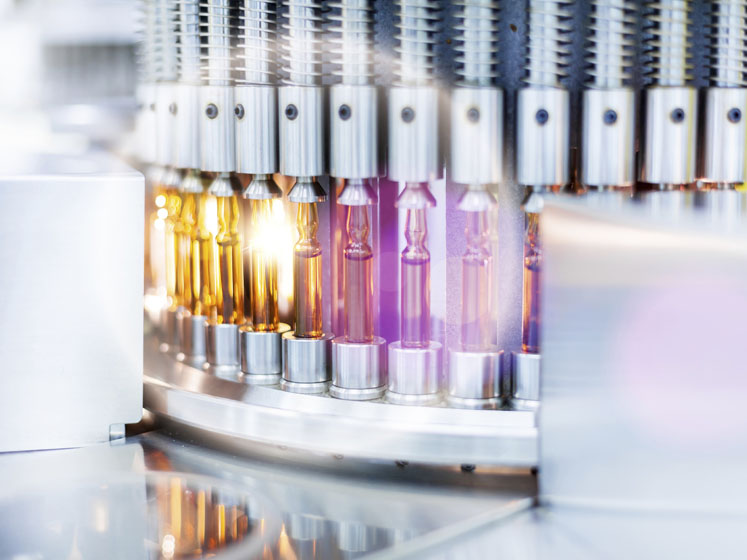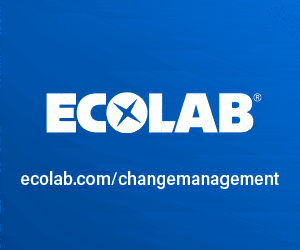To mitigate this risk, the European Commission proposed an extension of the transition period. European Health Commissioner Stella Kyriakides noted that “the transition to the new rules has been slower than we anticipated” and pointed to several contributing factors:
- the COVID-19 pandemic
- shortages of raw materials caused by the Russian invasion of Ukraine
- low Notified Body capacity.
It was estimated that 23,000 devices and 1500 In Vitro Diagnostics (IVDs) certified under the previous directives had not yet transitioned to the new regulation … and these certifications were likely to expire in May 2024 and May 2025, respectively.
As the end of 2022 approached. it became clear that with just 36 Notified Bodies designated for medical devices and only eight for IVDs, there would not be sufficient capacity to maintain existing products on the market and also bring new ones and innovations to EU countries. This created the potential for shortages of life-saving medical devices for patients, which Kyriakides noted was “a risk that we cannot take.”
Deadline proposals
With these concerns in mind, Kyriakides proposed at a meeting of the Employment, Social Policy, Health and Consumer Affairs Council (EPSCO) in Brussels that the MDR transitional deadlines be postponed. The proposal to the Council and the European Parliament included
- extending the deadline for higher risk class III and class IIb devices to 2027
- extending the deadline for lower risk class I and class Iia devices to 2028
- removing the “sell off” date of May 2025 under both MDR and the In Vitro Diagnostic Devices Regulation (IVDR) to prevent safe devices that are already on the market from being discarded.
This targeted amendment was proposed to include staggered deadlines, depending on the risk of each device, and the extensions are to be subject to certain conditions to ensure they apply only to devices that do not present any unacceptable risk to health and safety.
These devices should also not have undergone significant changes in design or intended purpose, and manufacturers are expected to have undertaken the necessary steps to launch the certification process under the MDR.

Kyriakides also proposed that the council consider prioritising orphan devices, as these are crucial to treat relatively small groups of patients, especially children. Further support for orphan devices through the EU4Health Programme was mentioned with a focus on paediatrics.
Proposals aim to support innovation
These proposals have been welcomed by stakeholders and address many of the issues and unintended consequences from the MDR and IVDR introduction.
The EC’s stated aim has always been to support a regulatory environment for devices that will foster innovation — and now it is proposing practical steps to help in this regard. This will be targeted at manufacturers of
- orphan and breakthrough devices
- small- and mid-sized enterprises.
The EC has allowed these timeline extensions to help Notified Bodies to focus on the critical tasks at hand: ensuring patient safety and reducing bureaucracy. There has also been further support detailed for SMEs with the aim of providing better access to Notified Bodies, which would benefit industry, innovation and, ultimately, patients.
Future developments
Nevertheless, the new developments raise some questions and these will need further direction and guidance. These include the following:
- If extension of the directive certificates leads to additional workload for the notified bodies, how can this be effectively managed?
- How are legacy products supposed to be monitored during the extended transition period and how will this be communicated? Will there be guidance for Notified Bodies and industry?
- What are the conditions necessary to get the extra time for manufacturers to submit an MDR application to the Notified Bodies? Plus, would this need to be a full submission of Technical Files or just an application form, and will further guidance be offered?
- Class D IVDR products will still require support to ensure infrastructure is put in place to allow certification; when is this likely to happen?
- The successful transition of combination products and companion diagnostics will need good integration and interaction with EMA; and, if the legal proposal is accepted, further guidance in this area is also required.
Next steps
Companies should continue to transition to the MDR and IVDR as soon as they can, as this will allow them to focus on marketing and improving their products. Moreover, there may be future bottlenecks with Notified Bodies as the new deadlines approach, and companies that are ready to transition will be better able to market MDR/IVDR approved products globally.
On 6 January, the EC adopted the proposal to delay the full implementation of the MDR. The EU parliament and council now need to issue final approval for the proposal, which will be processed through an “accelerated codecision procedure.”
Further reading
- https://ec.europa.eu/commission/presscorner/detail/en/ip_23_23.
- https://health.ec.europa.eu/system/files/2023-01/mdr_proposal_factsheet_0.pdf.




